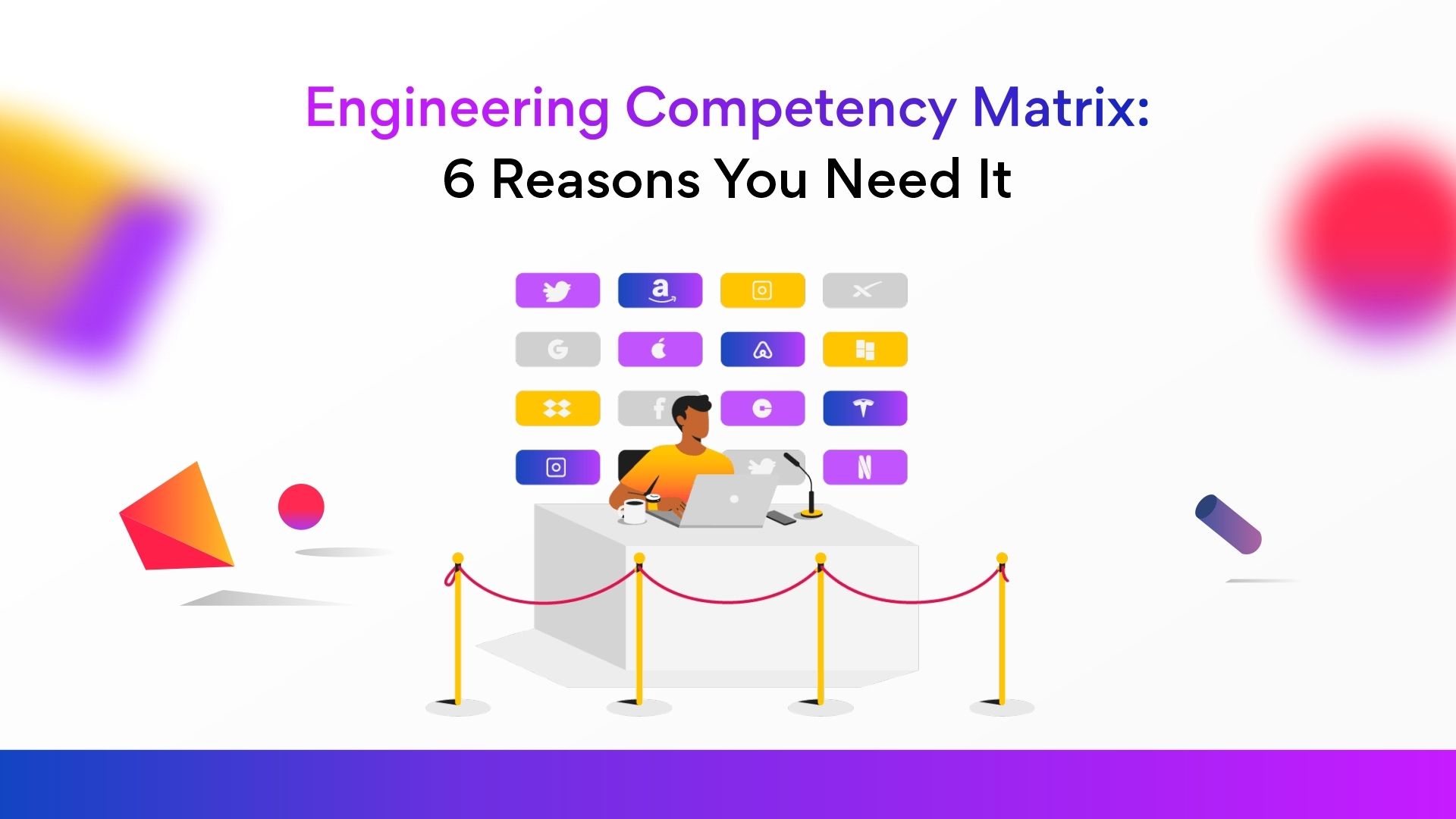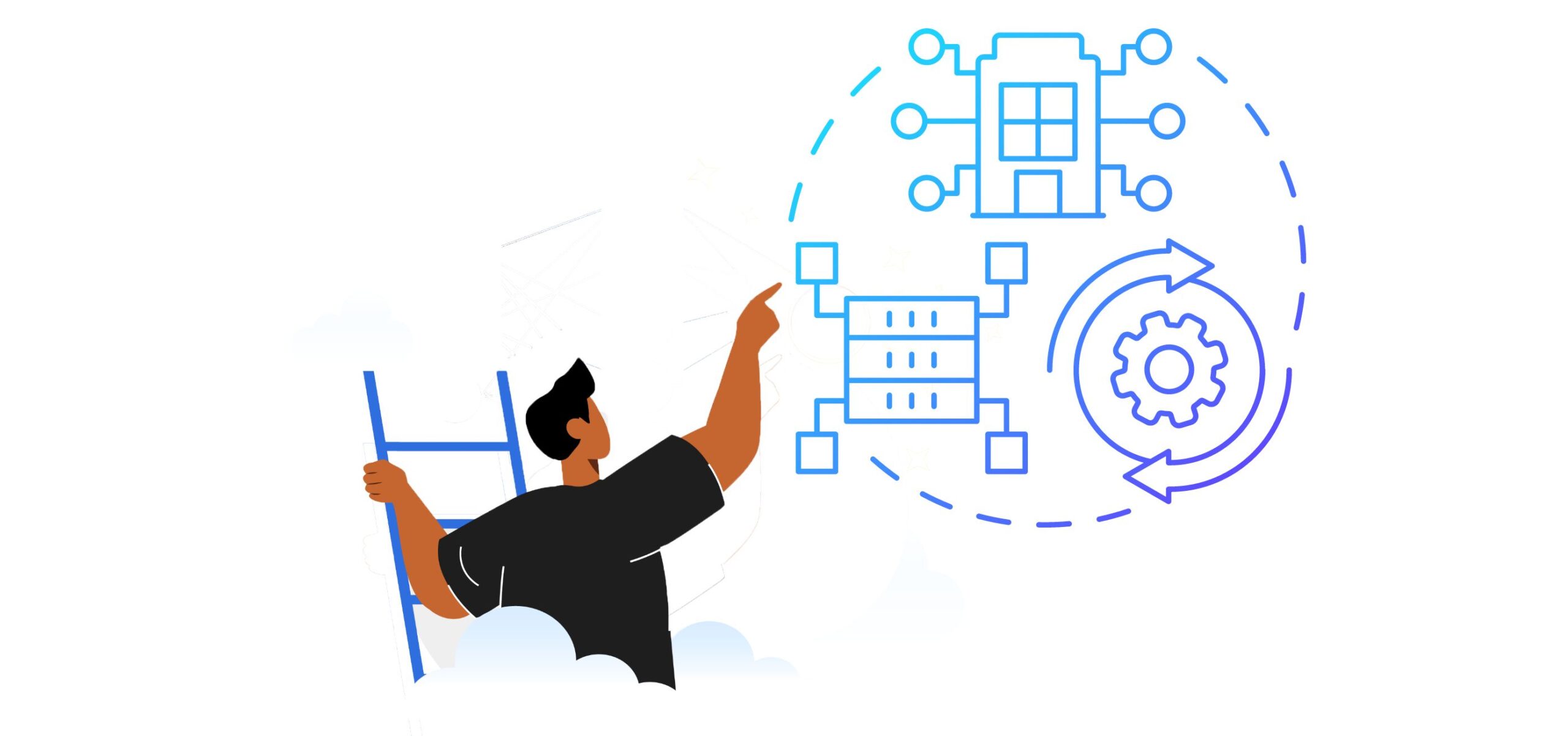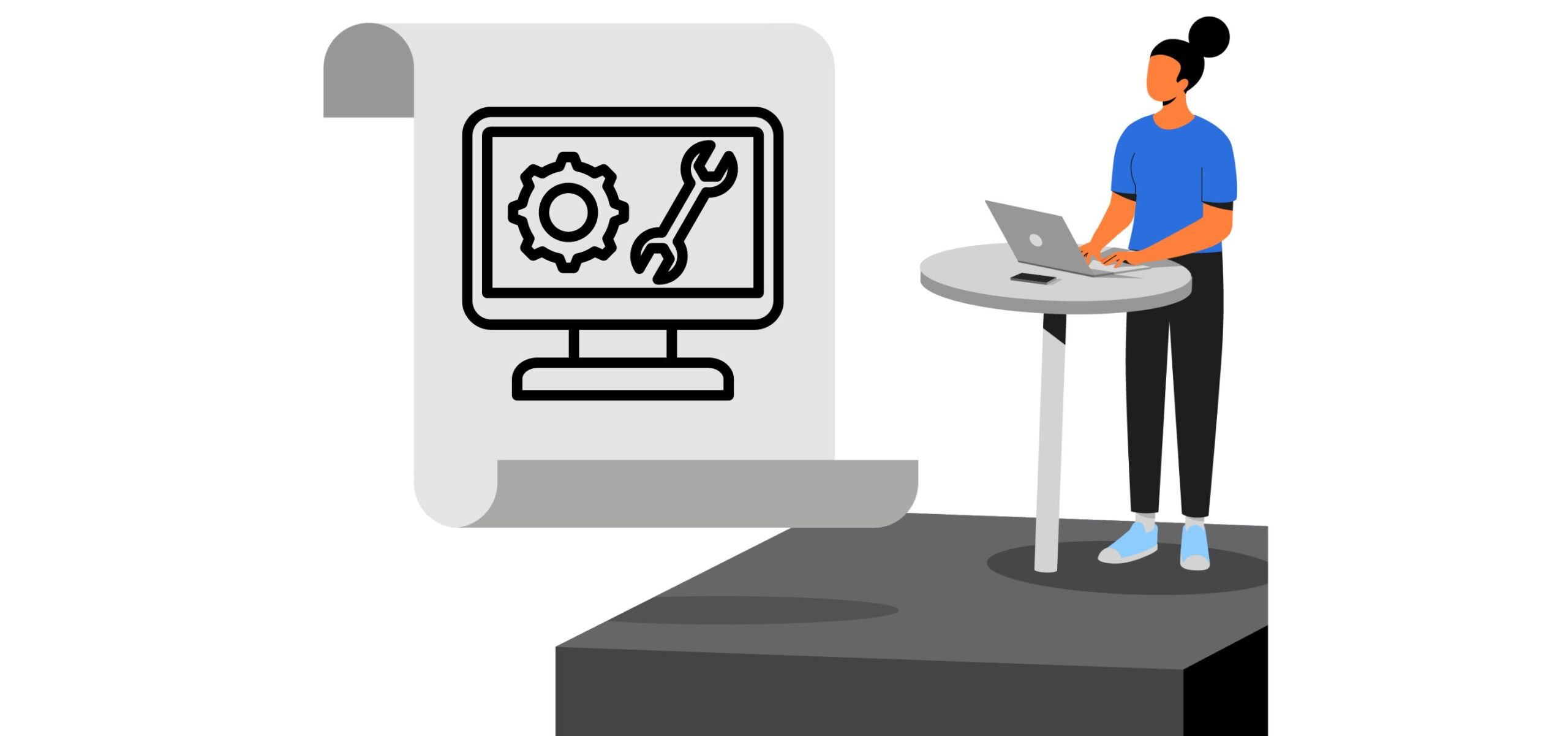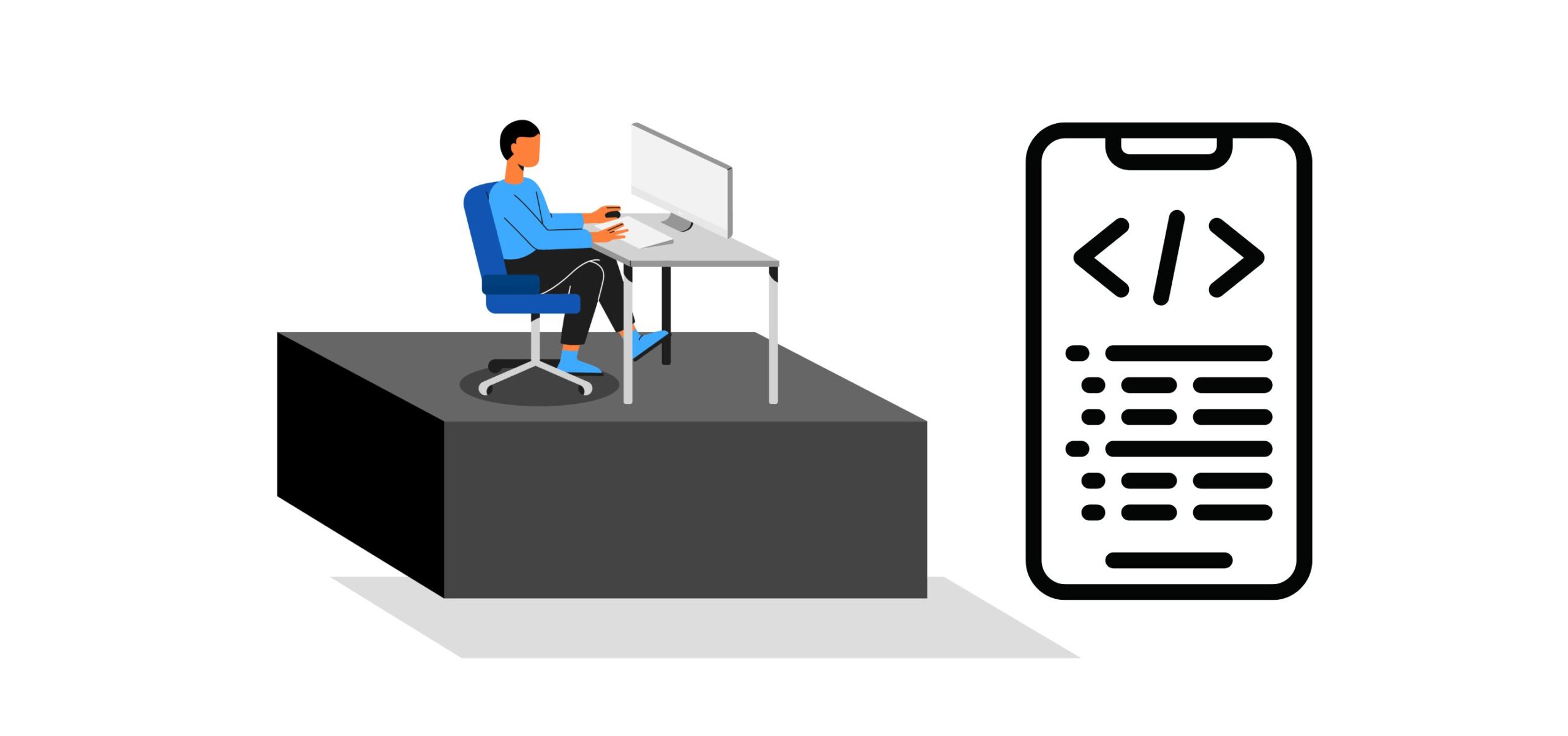Engineering Competency Matrix: Here’s Why You Need It
In a world where technology influences everything, it becomes essential for companies to sustain their competitiveness. An engineering competency matrix or a skill matrix is a tool that helps companies define, visualize, and access their employees’ skills and competencies. The competency matrix also helps in determining engineering competencies and managing them effectively.
This post discusses the benefits of developing a robust engineering competency matrix for your organization.
Benefits of building an engineering competency matrix
Identifies and eliminates skill gaps
Skill matrices help organizations understand an employees’ current skills and competencies and identify the skills required for executing a new project or improving existing ones.
Increases organizational performance and productivity
When managers know their teams’ capabilities, it becomes easier to allocate resources and delegate responsibilities effectively. And thus, the skill matrix enhances the overall productivity of the organization.
Augments the hiring process
Recruitment teams can leverage the competency assessment to structure their hiring processes, write better job descriptions, set expectations, and make unbiased decisions.
An engineering competency matrix also comes in handy while scaling the organization. The matrix helps employers recruit the best talent with the required experience and skills.
Enhances training and development programs
With the knowledge of employees’ strengths and weaknesses, companies can plan and execute various training and development programs. Such initiatives help employees upskill and contribute effectively to the organization while accelerating their careers.
Initiates team restructuring
A skill matrix provides insights into the competencies and deficiencies of an employee. This knowledge assists the managers in restructuring the team and improving performance.
Promotes reward management
Team leads can utilize engineering matrices to assess their team members’ strengths, evaluate their performance, and reward their dedication and hard work. Reward management is crucial to ensure a company’s success. What’s more, this system motivates individuals to perform better and step up their career ladder.
Build an engineering team competency matrix with these simple steps
Quantifying a person’s skills is challenging. However, it is possible to build an effective engineering competency matrix with proper planning and execution. A company can implement cost-effective practices to stay ahead of the competition with a strategic approach to analyzing the strengths and weaknesses of its workforce.
Here’s how you can build an effective engineering competency matrix:
-
Delegate responsibility
The first and the most important step in the process is to assign a dedicated resource to take the responsibility of building the skill matrix from the ground up. This person should be aligned with the company’s objectives and values to help create and execute an effective assessment plan. -
Define the objectives and team values
Be clear about the goal behind creating a skill matrix. Once the goal is clear, define the company or team values. Setting the priorities right helps in building a cohesive work environment. Your goal could be one of the following:- Evaluate employee performance
- Define skill gaps
- Improve hiring processes
- Build or restructure the team (if required)
- Start a new project
-
List down the core competencies.
Develop a list of the core engineering skills necessary to perform the job and categorize them into two groups: hard skills and soft skills.
Hard skills can include prototyping, coding, proficiency with programming languages (Python, Java, C++, etc.), database management, code debugging, testing, QA, and familiarity with related libraries, tools, and frameworks. Critical soft skills can include teamwork, communication, conflict resolution, problem-solving, etc.
Create a task to regularly review and update this list to identify new skills and remove obsolete technologies as per the business requirements. -
Define the level of competencies
The next step is to define the range of different levels of competencies for each of the core skills. This step aims to identify an employees’ existing skill competencies and devise a training plan to enhance their performance.
For example, if the core skill is Python, different levels of competencies can be identified as follows:- Expert or Advanced
- Intermediate
- Beginner
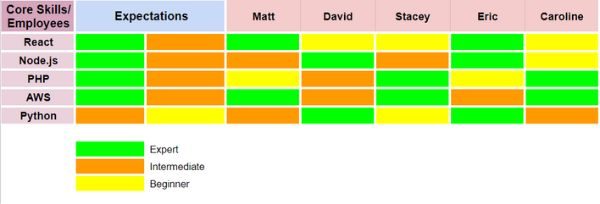
-
Take feedback and iterate
Once the first version of the engineering competency matrix is ready, send it for review and feedback. Remember, the skill matrix will influence cross-functional teams and overall business decisions. And so, feedback from the stakeholders will help improve the matrix and deliver expected results.
Pro tip: Make these iterations a part of the company’s quarterly or annual planning process to meet business objectives.
To sum up, an engineering competency matrix can help organizations in multiple ways
Engineering leaders and hiring managers should harness human capital by assessing skills and competencies. They must know when to redesign the matrix to sustain competitiveness and drive growth within the organization. Last but not least, leaders and managers should use a competency matrix to make informed decisions about training and development processes and determine the company’s hiring needs.
If you have identified skill gaps in your engineering competency matrix and are looking to hire talented software developers, try Turing.com.
Turing.com is a data-science-driven deep jobs platform helping companies spin up their engineering teams in the cloud at the push of a button. With Turing, companies can hire pre-vetted, Silicon Valley-caliber remote software talent across 100+ skills in 3-5 days. Turing’s Intelligent Talent Cloud uses AI to source, vet, match, and manage over a million developers worldwide.
Tell us the skills you need and we'll find the best developer for you in days, not weeks.
